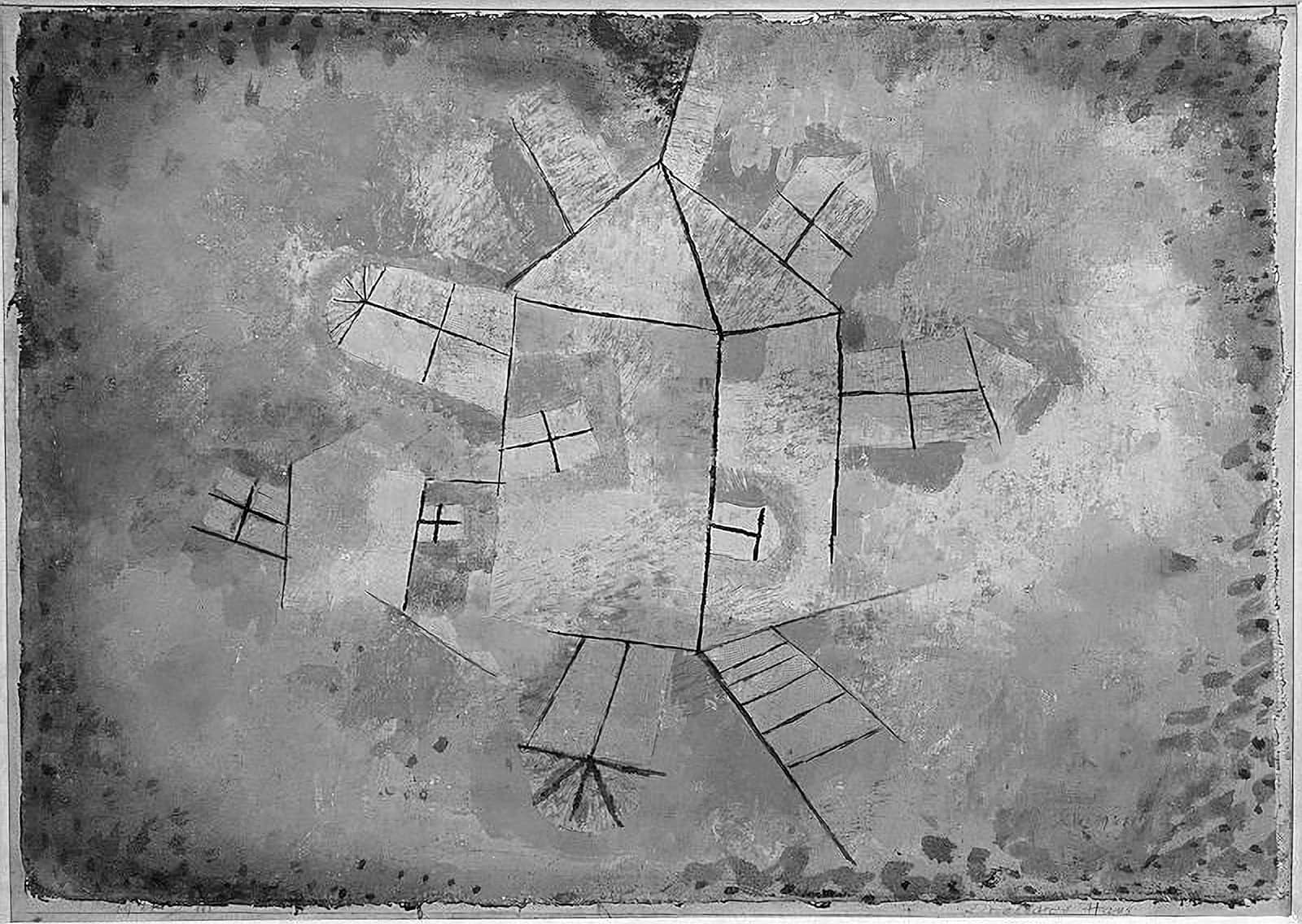Downloads
DOI:
https://doi.org/10.52200/65.A.J2ZX0IDZKeywords:
Modern Movement, Modern architecture, Modern housing, Post-war housing, Welfare architecture, Mass housing, Modern comfortAbstract
After the war, the world was divided between two main powers, a Western capitalist bloc led by the USA, and an Eastern communist bloc, driven by the USSR. From Japan to Mexico, the post-war years were ones of prosperous economic growth and profound social transformation. It was the time of re-housing families split apart and of rebuilding destroyed cities, but it was also the time of democratic rebirth, the definition of individual and collective freedoms and rights, and of belief in the open society envisaged by Karl Popper. Simultaneously, it was the time of the biggest migrations from the countryside, revealing a large faith in the city, and of baby booms, revealing a new hope in humanity. (...) Whether through welfare state systems, as mainly evidenced in Western Europe, under the prospects launched by the Plan Marshall (1947), or through the establishment of local housing authorities funded or semi-funded by the government, or through the support of private companies, civil organizations or associations, the time had come for the large-scale application of the principles of modern architecture and engineering developed before the war. From the Spanish polígonos residenciales to the German großsiedlungen, ambitious housing programs were established in order to improve the citizens’ living conditions and health standards, as an answer to the housing shortage, and as a symbol of a new egalitarian society: comfort would no longer only be found in bourgeois houses.
How to Cite
Published
Issue
Section
License
Copyright (c) 2021 Zara Ferreira

This work is licensed under a Creative Commons Attribution 4.0 International License.





